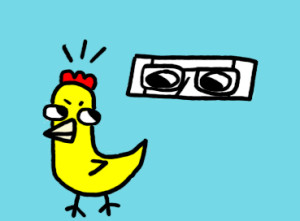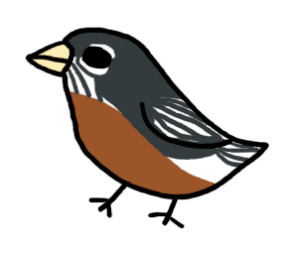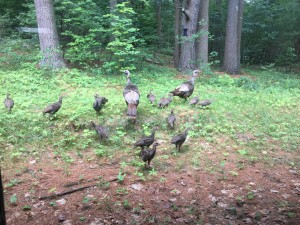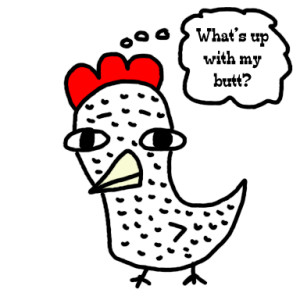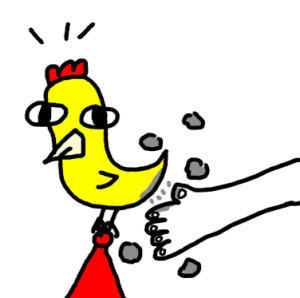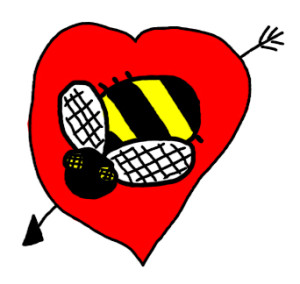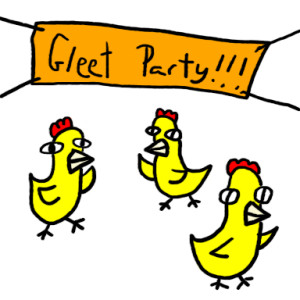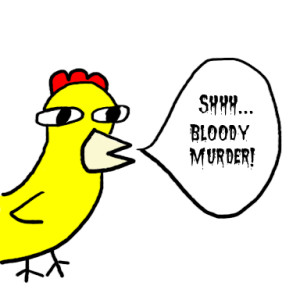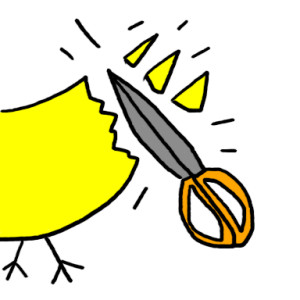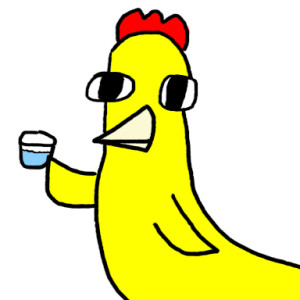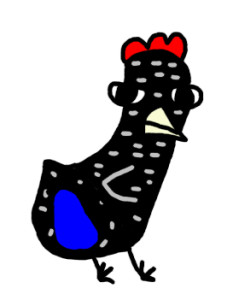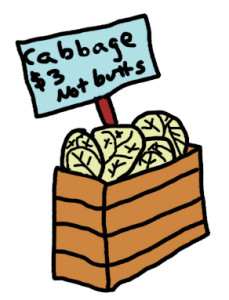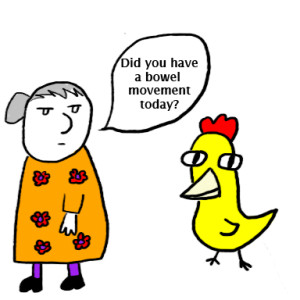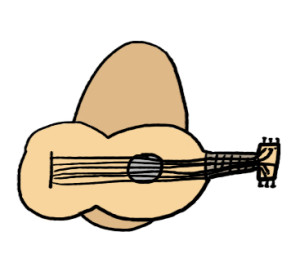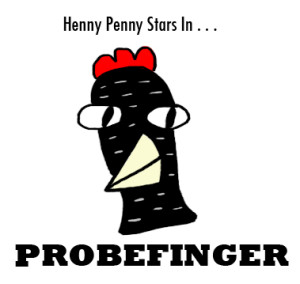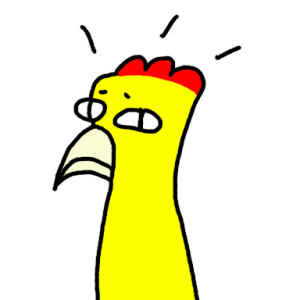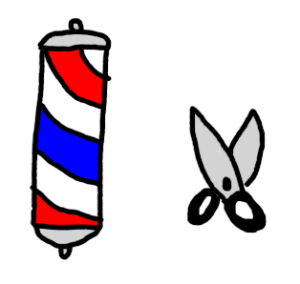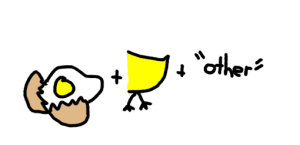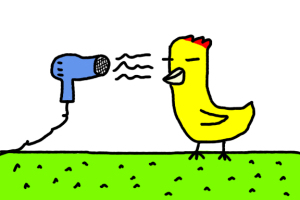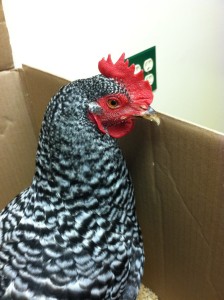Our Local Mite Suppliers
Friday, July 10th, 2015Last time we were together, I told you about the ongoing mite issues I’ve been having. I’m not sure if we’re making any progress or not, because feathers take a long time to grow back, so I need to find a better benchmark for gauging how things are going. Suzy Creamcheese Junior was scratching under her wing last night when I checked on them, so everyone got another dose of diatomaceous earth, just for good measure. I also put a bunch of wood ash from the fireplace in the run, so they can take dust baths in it. That’s supposed to help a lot too. I’m keeping an eye on things, and for the time being, I think that’s the best I can do.
Meanwhile, I’ve been wondering why they got mites this year, but have never had them in the past. I don’t think I’ve done anything differently than before. Mites apparently like it when it’s humid out, and that can lead to an outbreak, but we’ve only had a couple of humid days, and it’s been much cooler than usual so far this Spring and Summer. I first noticed the butt feather loss back when it was still fairly chilly out. So weather conditions don’t seem likely to be contributing. However, one big source of mites for chickens can be wild birds. We live out in nature, on the edge of some woods, so there are a lot of birds around. They don’t get into the coop or run, but they are in the yard, and the chickens get yard time too. I suppose if the local birds are having a mite outbreak, it’s likely to spread. I could just keep the chickens locked up, but I don’t think that will help, and it will just make them crazy. They want to run around the yard, and I want them to as well. I suppose yard mites are the cost of doing business, in some ways.
The other night I went out to our trash can, and happened to flush out a whole turkey family. There were two or three adults, and about 15 babies, which it turns out are called “poults.” If I knew the genders of the poults, I could call them either jakes or jennies, but we’re not that familiar. They are quite cute though. They wandered up the hill behind our house, and weren’t too frightened by me, but clearly wanted some personal space. Since then, I found out they also like to hide in our front lawn during the day. My mother-in-law saw them out there, and when they saw her, they just squatted down and somehow managed to disappear just like that. It seems crazy, but the other night we all were sitting outside, and suddenly a turkey materialized in the front yard, then wandered around back, more or less unfazed by us. I went inside, and looked out the back window, and there was the whole family. They wandered around for a while, and then, one by one, flew up into the giant pine trees behind the house. If you’ve ever seen a turkey fly, you know how strange it is. They’re big, and their centers of gravity seem off. But they got to the lower branches, which are about 50 feet up. Even the poults made it up there. Once they were all in the trees, they slowly leapt from branch to branch, climbing higher and higher until I couldn’t see them out the window any more. So apparently they have taken up night time residence out back, and spend their days out front. It’s cool to have them around, provided they remain non-aggressive. If these were geese, we’d be fighting for our lives every time we went to our cars, but the turkeys seem pretty mellow, for now.
I got to wondering if the turkeys are what brought the mites around, since we didn’t have these visitors last year. Maybe, maybe not. It may just be a coincidence. I’m also not sure how to tell a turkey family to go away, and frankly, I don’t really want to. Watching them do their thing is incredibly interesting to me. If having them around means I have to work a little harder to control mites, then that’s what I’ll do. Experiencing this sort of natural excitement is exactly why we moved out here. Nature can be fun, and nature can be parasitey. I can’t prove the turkeys gave us mites, and as long as they play nice otherwise, they get the benefit of the doubt.
(CREDITS: Theme music: Chicken In The Barnyard by Fireproof Babies, Music bed: Persian Lamb Rag by Heftone Banjo Orchestra)
